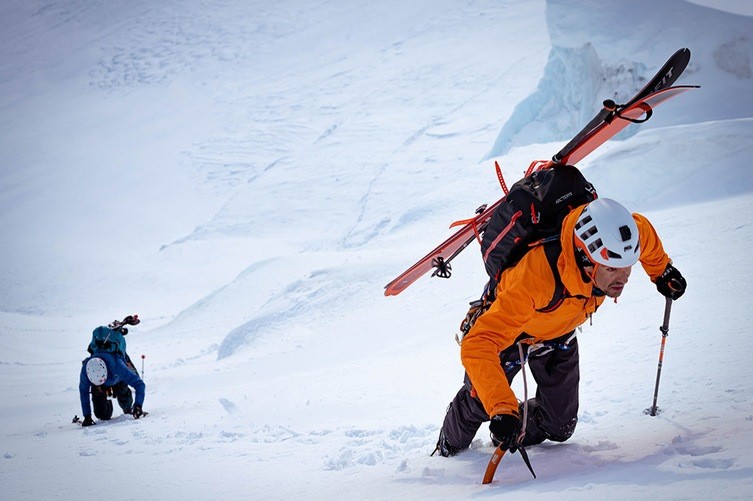Most Important Things To Know About Avalanche Safety
Trekking is the best activity for outdoor fanatics to explore what lies in the wilderness. This activity mostly resides in the high hills where the roads dwindle to nothingness. The roads leading there traverses through small settlements which later provide a gorgeous display of faraway mountains and minute streams. In terms of trekking, Nepal has made an immense reputation for being the go-to place for trekking. The country houses surreal landscapes along with a panoramic display of snow-laden mountains and thriving wildlife.
A majority of the treks in Nepal occur in the high Himalayas and witnesses an increase in elevation of up to 5000 meters. The view of snow-laden mountains is tantalizing but to reach there, certain risks are involved. The most common forms of accidents that occur are avalanches. Just a few days back, an avalanche occurred in Deurali, a major resting point in the Annapurna region. This avalanche took the lives of many people. This blog shall provide readers with a much-needed guide and expertise to travel safely and responsibly.
What is an Avalanche?
People are familiar with this term but are unable to put it in solid words. An avalanche is a huge mass of snow and debris that slides down rapidly on a steep slope. To better understand avalanches, we need to understand the various forms of snow as snow decides the severity of avalanches. You might be wondering what does learning about snow has to do with avalanche safety? Well, let’s find out.
Snow is categorized into 6 types
- Cornice
- Hoarfrost
- Powder Snow\
- Wet Snow
- Sun Cups
- Ice Crystals.
Research dictates that it takes time for the old snow to sit properly with the freshly fallen one. If some external force acts on the snow before it sets properly, then it collapses and as a result, there is an avalanche. The external forces that disrupt the relation between fresh and old snow are classified into 3 parts.
The first aspect is the terrain. If the terrain is too steep, then the fresh snow will automatically fall. Weather causes avalanches in the sense that rain, strong winds can disrupt the balance of snow and cause avalanches. The most common one is through human and animal actions. You may have seen videos on YouTube where avalanches occur due to activities like skiing. Normally, avalanches were considered harmless as there was no activity in the frigid mountains. As trekking and skiing became a thing, it has become an integral matter. It is also an important topic of avalanche safety.
Avalanches are Classified into two Types:
- Slab Avalanche
- Point release/loose Snow Avalanche.
The most fatal one is slab avalanche. It is very difficult to predict and even the smallest disturbance can cause it to go out of control. It occurs on slopes of 30 degrees to 45 degrees. Point release/loose snow is less harmful and can be predicted to some extent. Avalanches mostly harm people who are involved in mountain activities like skiing, trekking, and mountain climbing. Statistics show that people affected by avalanches are the ones that are involved in outdoor activities.
Safety Tips For Trekkers To Avoid Avalanche
A good trekker should know the fundamentals of avalanche safety during trekking . For instance, when you walk along snowy terrains, it is best to maintain distance from the other partner. Be on the lookout for escape routes and have the necessary equipment with you. You need to know where your partners are located and carefully proceed towards your safety points.
Even after following all the avalanche safety protocol, avalanches occur. Here, you must stay calm and should not lose your focus. If you fall victim to an avalanche, then you need to run as fast as possible. Proceed to the side of the moving snow and yell so nearby people can hear you. Make it your ultimate goal to be on the surface. If you are covered by the snow, be sure to make a breathing space. If you assume the role of a rescuer, then you should search with a unit. Start from where the victim was last seen and start the search strategically. It is advised that rescuers carry with them items like avalanche beacon, probe, shovel, backpack, and an avalanche chord.
To maximize your chances of making the trek safe, we advise you to hire a seasoned guide and learn the basic things to be done while trekking. You can even take part in an avalanche training course. It is better to spend some few bucks as it can be the deciding factor between life and death.


Submit a Comment
You must be logged in to post a comment.